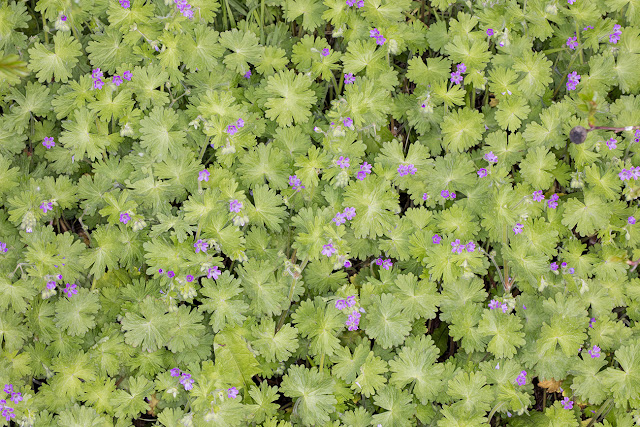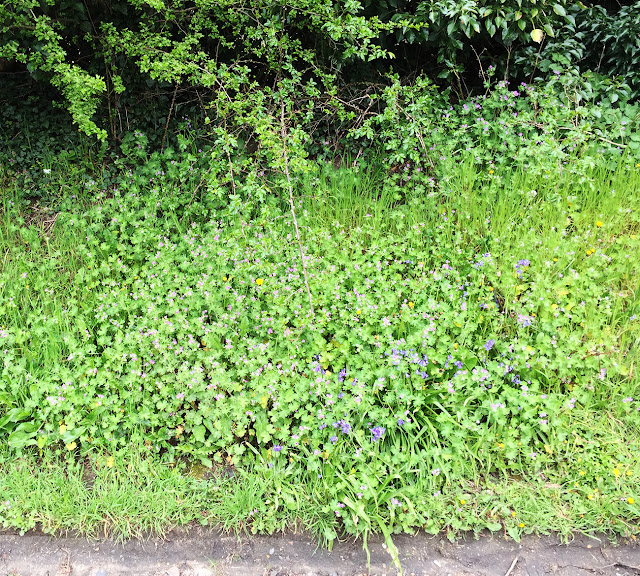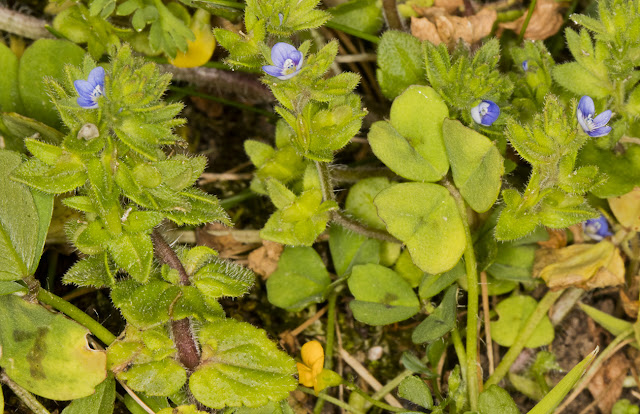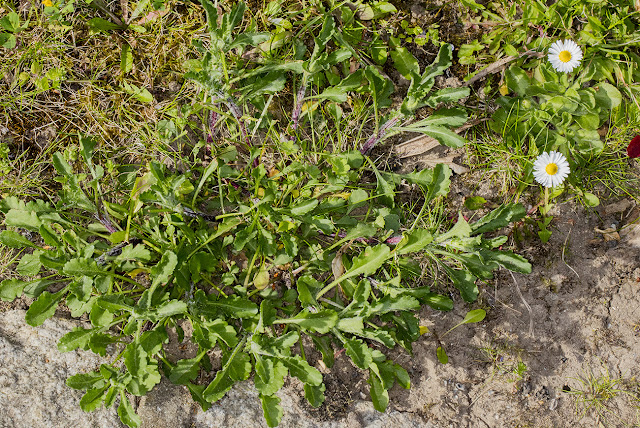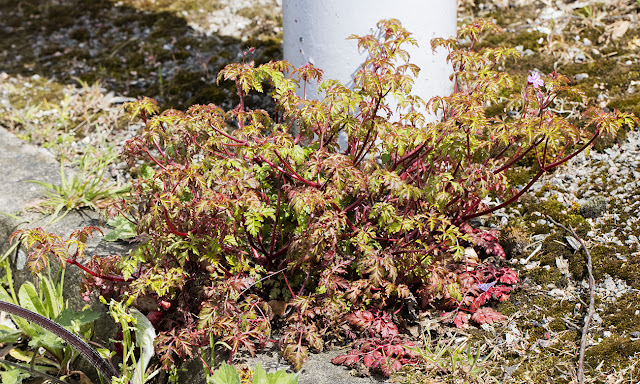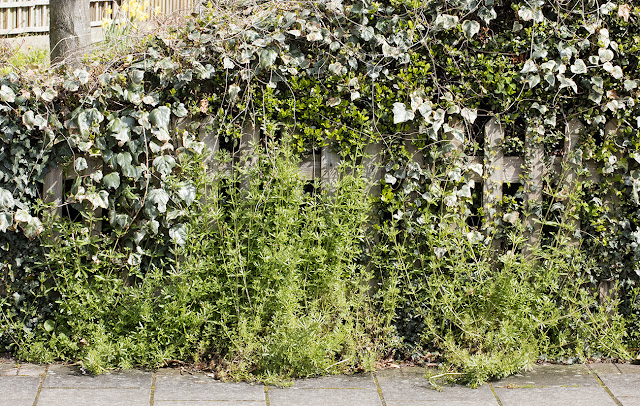 |
| The Wilberforce Oaks, near Keston. 4 May 2016. |
A
path leads south from Keston Common past Holwood House towards Downe.
It passes a dead oak tree and a seat; this is the Wilberforce Oak.
It was here that William Pitt the Younger, who lived nearby, met with one William Wilberforce, member of parliament for Yorkshire, on 12 May 1787. They talked beneath this oak tree, and Wilberforce decided to take action to abolish the slave trade. His efforts led to the eventual introduction of the Slavery Abolition Act of 1833.
The stone seat opposite the tree was, according to its inscription, "Erected
by Earl Stanmore 1862 By Authorisation of Earl Stanworth." This seat is fenced off now, so you won't be able to sit there. There's a wooden seat on the path for the likes of us. (Touches forelock.)
 |
| The original Wilberforce Oak, near Keston. 4 May 2016. |
This is all very well, and quite historical, but the tree you see growing there now is a replacement, planted in 1969. The old one whose remains are shown here is supposed to have blown down in 1991, though it must already have been dead, or why plant a replacement 22 years earlier?
 |
| The Wilberforce Oak commemorative seat on 5 February 2010. |
Here's the stone seat showing its inscriptions. The one in the cartouche says "I
well remember after a conversation with Mr. Pitt in the open air at
the root of an old tree at Holwood, just above the steep descent into
the vale of Keston, I resolved to give notice on a fit occasion in
the House of Commons of my intention to bring forward the abolition
of the slave-trade."
This
is supposed to be an extract from Wilberforce's diary, though other
sources have it that the entry refers to a conversation with William
Pitt and the future Prime Minister William Grenville. Maybe it was
edited for this inscription, to make it refer just to the local dignitary.
The inscription is hard to make out, but it is reproduced clearly on another more modern sign nearby.
As a final bit of mood, here's a photo from February 2010 showing a fragment of the old tree still almost upright.
 |
| The Wilberforce Oaks, near Keston. 5 February 2010. |












